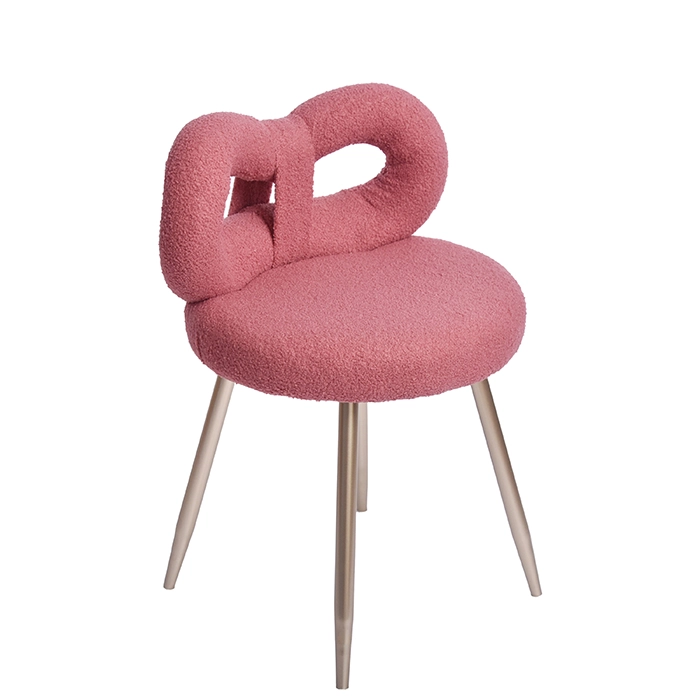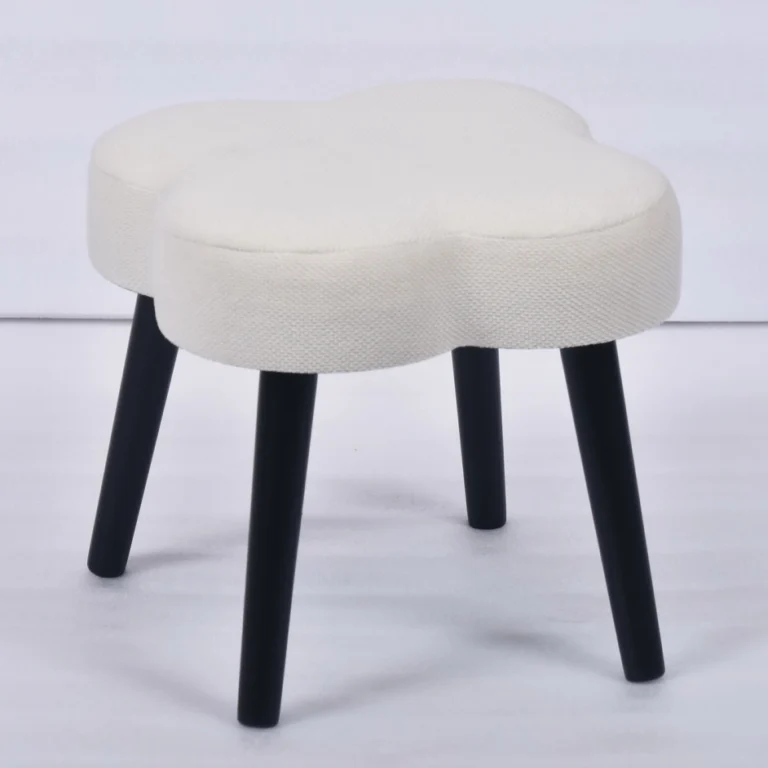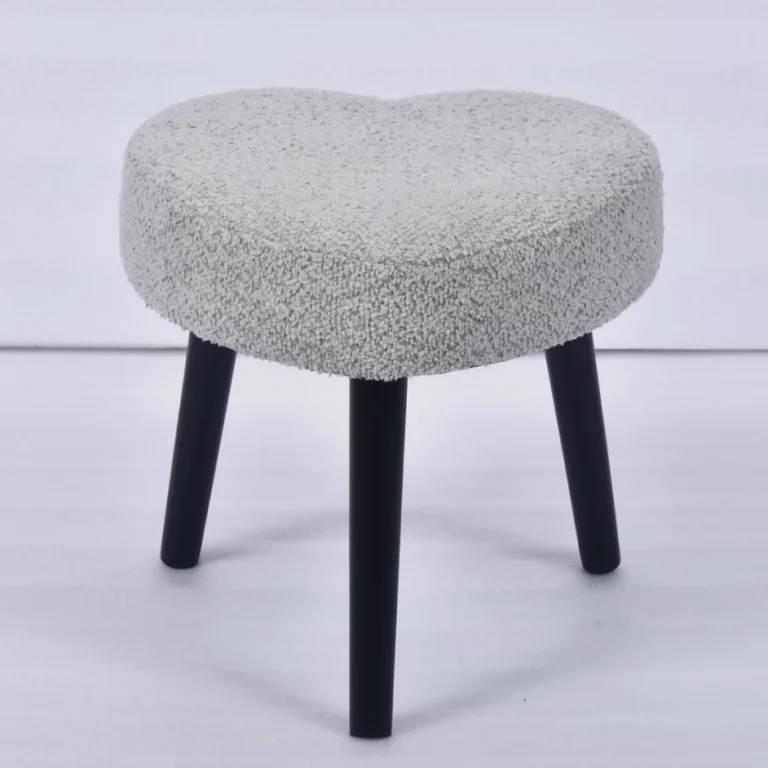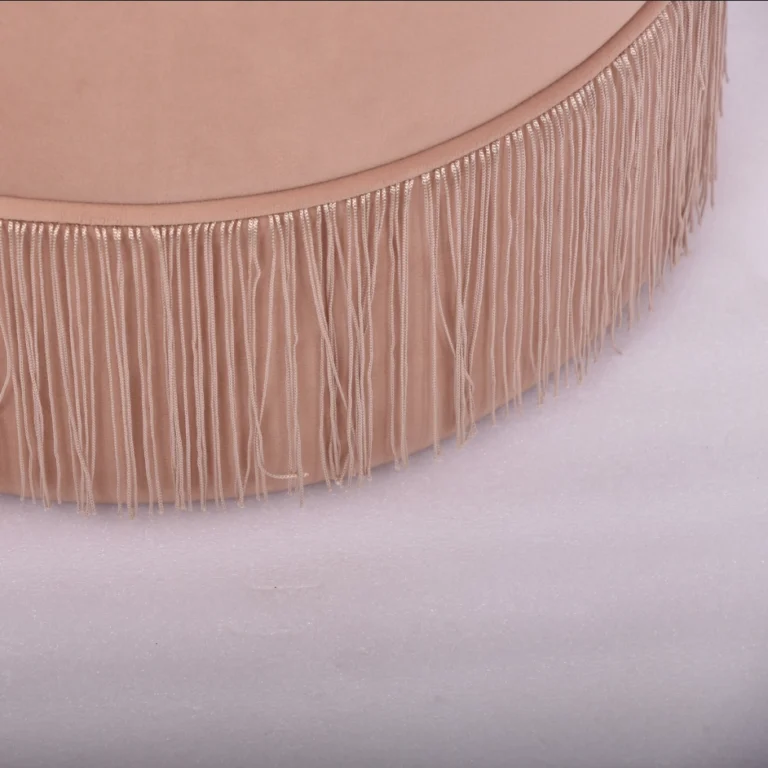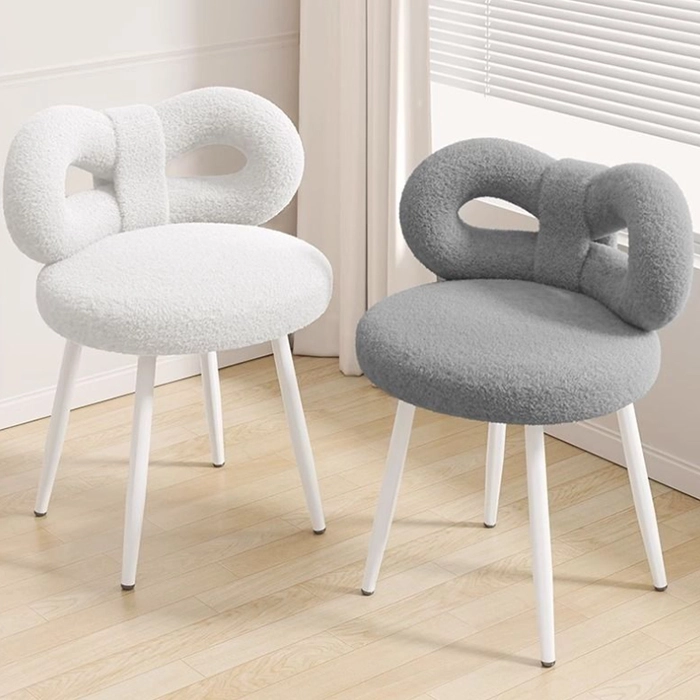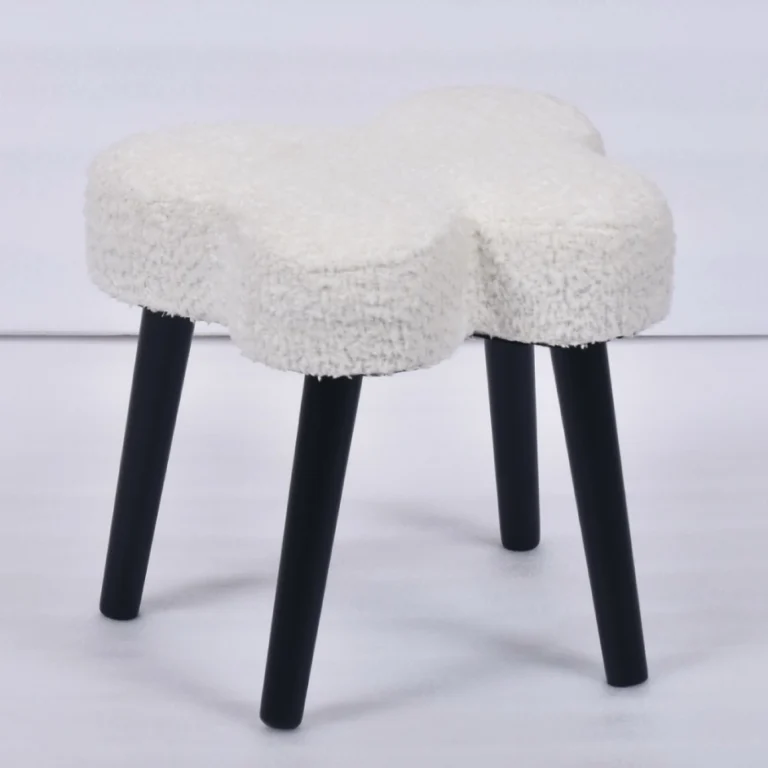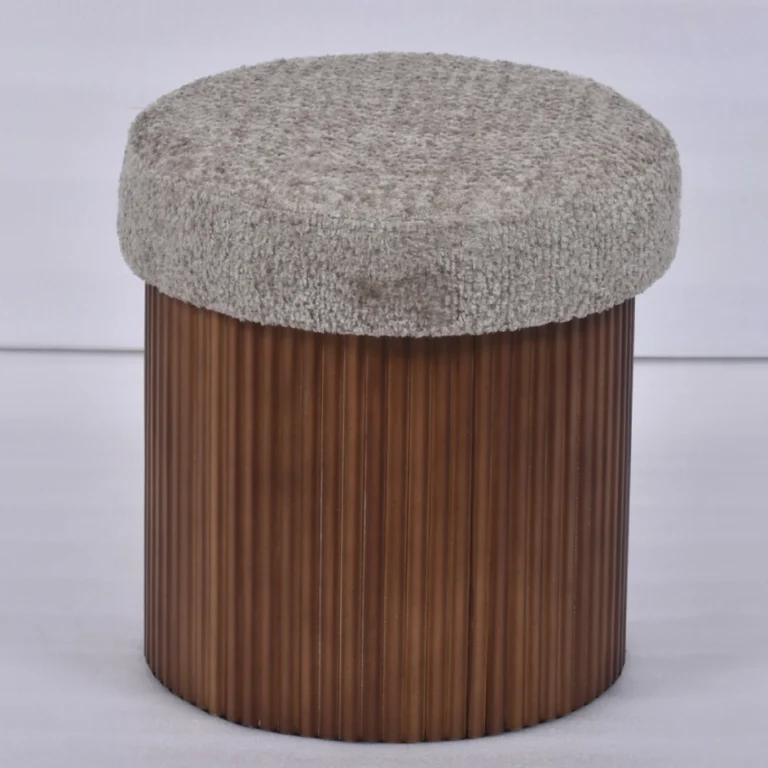Custom Ottoman Stool Manufacturing & Wholesale
“Home Textiles” Istanbul Special — In the wave of restructuring the global production landscape, customized furniture is becoming a cultural bridge connecting Eastern and Western consumer markets. The Ottoman Stool, with its roots in Ottoman Empire traditions, has sparked a customization storm in high-end home markets across Europe, America, and luxury residences in the Middle East, thanks to its modular functionality and artistic expression.
A Symphony of Cross-Border Craftsmanship
While Istanbul artisans etch geometric patterns onto leather surfaces with brass engraving tools, designers in Los Angeles adjust cushion curves via 3D rendering technology. This cross-temporal collaboration is becoming industry norm. Family workshops in Gaziantep, Turkey, weave traditional Kilim rug motifs into stool covers, while Milan studios reinterpret them with sleek metal frames—transforming a single piece of furniture into a medium for cultural dialogue. When a Dubai client requests Arabic calligraphy from the Mu’allaqat embroidered on velvet upholstery, Shenzhen’s supply chain delivers a digital prototype within 72 hours, showcasing the maturity of flexible manufacturing.
The Manufacturing Revolution Driven by Demand Shifts
The Middle Eastern royal demand for 22K gold-leaf trim and Nordic clients’ preference for eco-friendly recycled cashmere are pushing production systems to evolve. Industry leader TeruierFurniture’s recent “Constellation Series” highlights this trend: using NASA spacesuit lining technology for temperature-regulating fillings and embedding smart pressure sensors in the legs to auto-adjust height when users rise. Their Dubai showroom’s VR configurator lets clients mix 500 materials and patterns via holograms, with data directly fed to IoT-enabled factories in Guangdong—upending traditional mass-production logic.
The Commercial Decoding of Cultural Symbols
Qatari tycoons favor octagonal Ottomans studded with lapis lazuli and turquoise, echoing Sufi whirling cosmology, while Parisian intellectuals gravitate toward deconstructed metal frames, mirroring avant-garde art movements. TeruierFurniture design director Amir Zayed notes: “When Los Angeles clients pay a premium for pop-art fluorescent covers and Istanbul buyers splurge on hand-forged copper nails, they’re ultimately investing in cultural narratives.” This has birthed localized customization—London studios specialize in Victorian tufting akin to Chatsworth Manor, while Cairo teams excel in micro-carved Islamic geometrics.
The Aesthetic Chess Game in Logistics
To balance customization and speed, top firms deploy distributed manufacturing hubs. Modular components for Stockholm ship from Poland’s low-carbon plants, while Riyadh’s gold-inlaid pieces come from İzmir workshops. Yantai Group’s “Art Logistics Line” uses humidity-controlled, shock-proof crates to ensure hand-painted silk upholstery survives three transits intact, with a cross-border returns system even allowing clients to keep custom frames while replacing covers.
At this moment, a cargo plane carrying 30 gilded Ottomans crosses the Persian Gulf, each stool’s base laser-engraved with Teruier’s winged emblem glinting faintly in the clouds—a trade epic woven from ancient craft and digital civilization.
